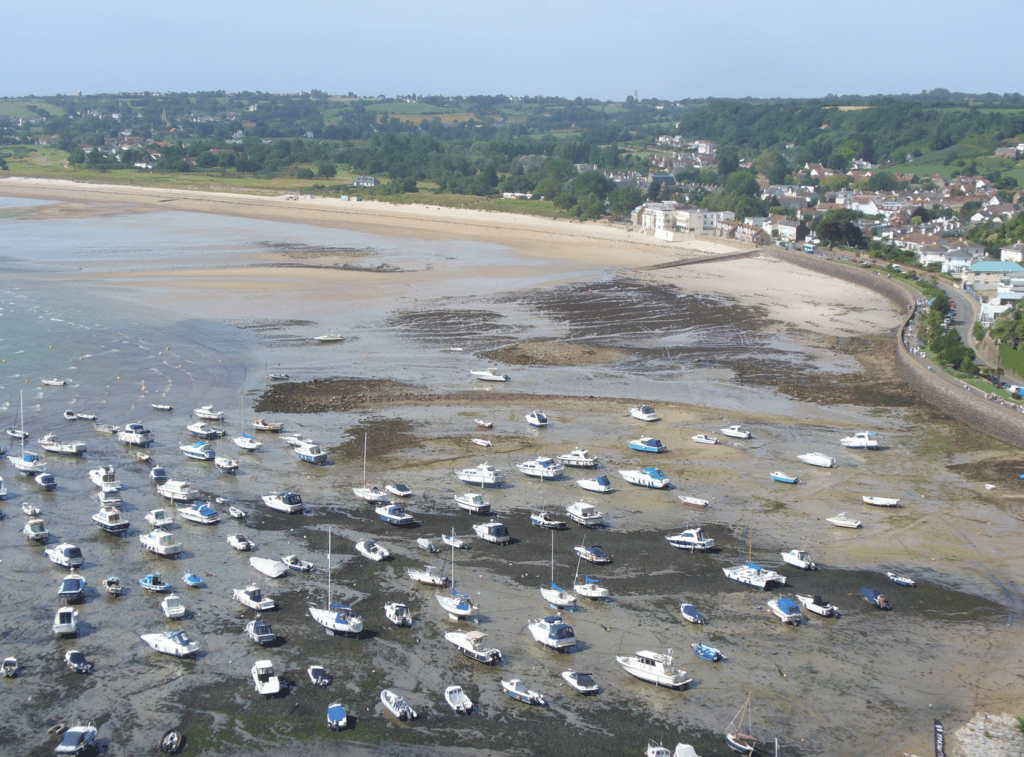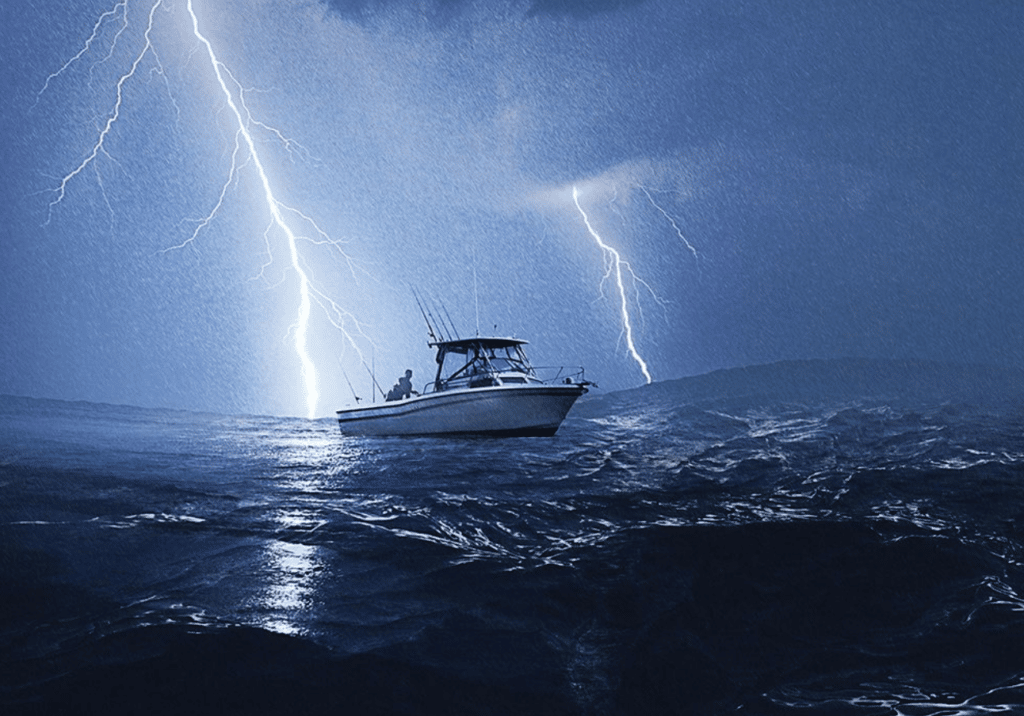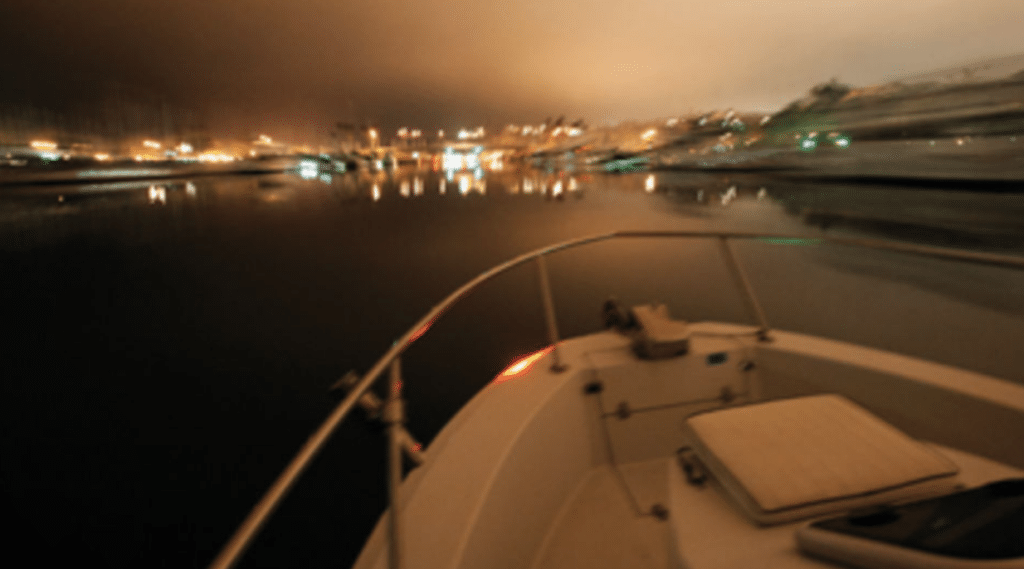
Gorey Harbour, Jersey at low tide. The photo was taken from Mont Orgueil.


Takeaway Never view an eclipse directly unless you are wearing special glasses or viewers that meet the standards of ISO 12312-2



Takeaway Never view an eclipse directly unless you are wearing special glasses or viewers that meet the standards of ISO 12312-2
Many products featured on this site were editorially chosen. Boating may receive financial compensation for products purchased through this site.
Copyright © 2024 Boating Firecrown. All rights reserved. Reproduction in whole or in part without permission is prohibited.